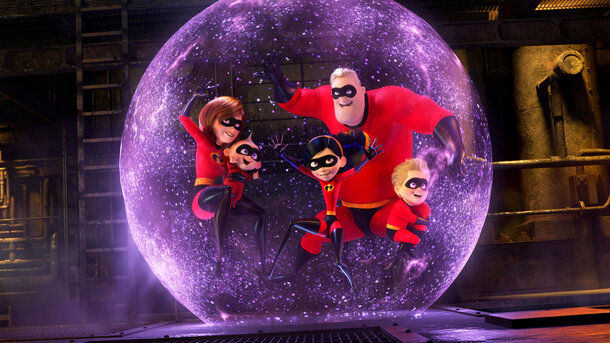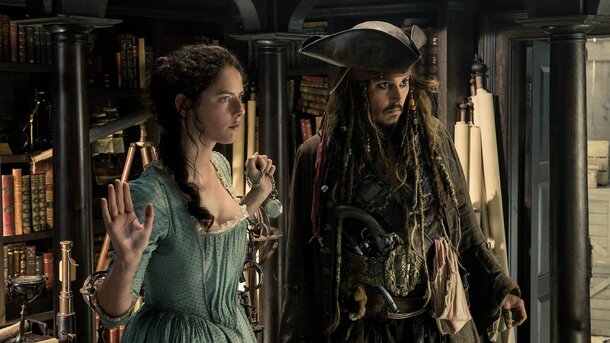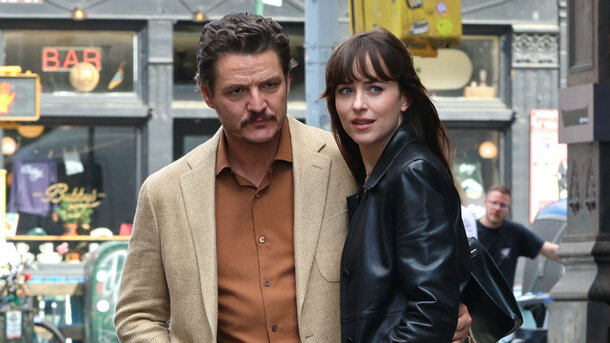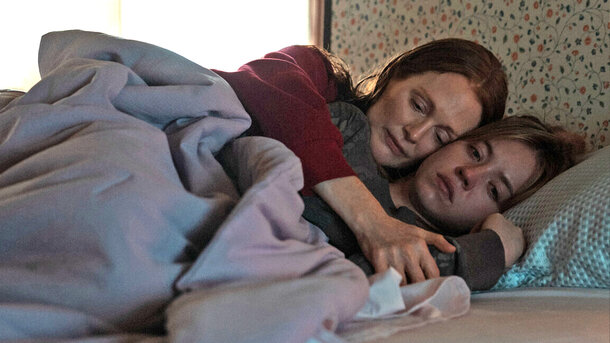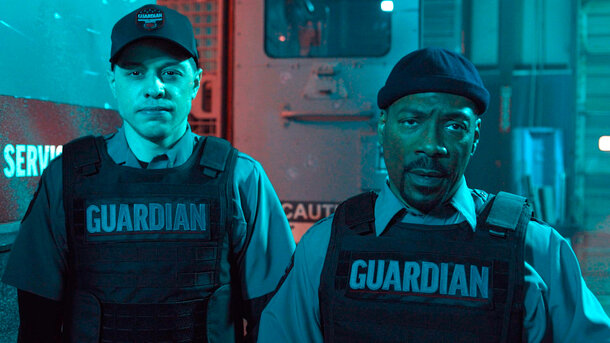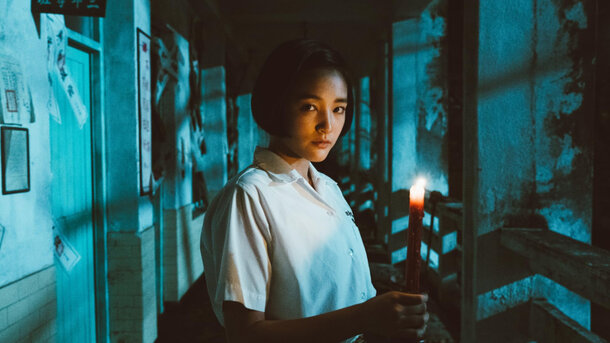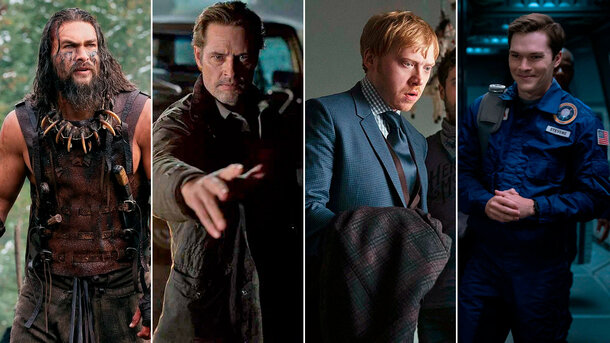When A Clockwork Orange was released on December 19, 1971, it instantly stirred controversy and acclaim. Directed by Stanley Kubrick and based on Anthony Burgess’s 1962 novel, the film is set in a chillingly plausible near-future England, often interpreted as taking place in the early 1990s, though no specific year is mentioned onscreen. Its dystopian backdrop amplifies a story that probes the very heart of human morality and societal control.
At its core, A Clockwork Orange is about Alex DeLarge, a teenage gang leader with a taste for ultra-violence, Beethoven, and chaos. After a brutal crime spree, he is imprisoned and subjected to an experimental state-sponsored treatment known as the Ludovico Technique, which conditions him to feel intense physical sickness at the mere thought of violence or sex. The film follows Alex’s transformation from predator to a powerless pawn, raising unsettling questions about identity, choice, and punishment.
Thematically, the film confronts the viewer with questions of free will, the role of the state, and the ethics of psychological conditioning. It challenges us to consider: Is it better for a man to choose evil than be forced into goodness? Kubrick’s clinical style, combined with the film’s unsettling juxtapositions — classical music over brutal imagery, futuristic slang in the mouths of teens — creates an atmosphere of eerie detachment, sharpening the satire.

Despite initial bans and backlash, A Clockwork Orange became a cult classic and remains a landmark in cinema for its bold style and philosophical depth. Today, it’s not just a product of its time but a mirror reflecting timeless anxieties about control, youth culture, and moral ambiguity.


